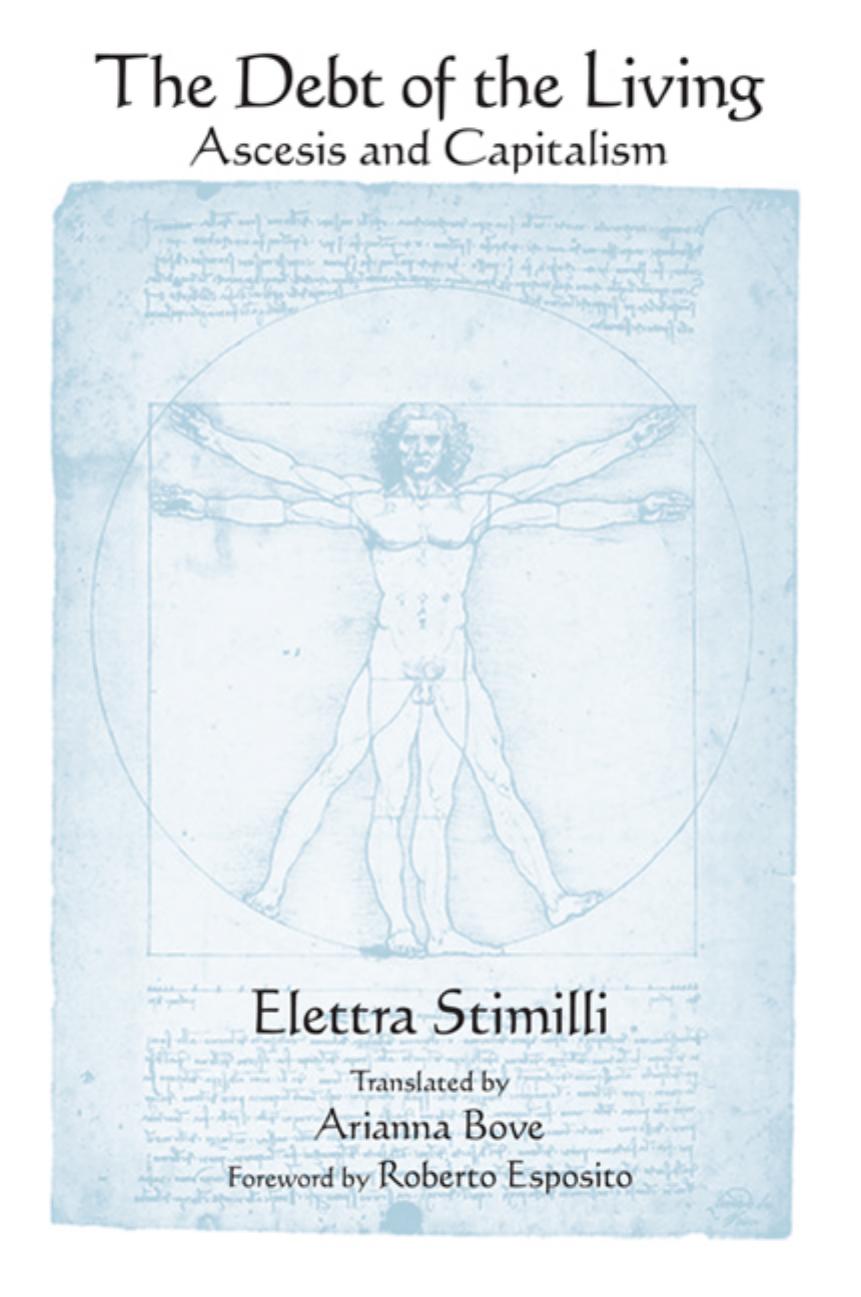The Debt of the Living by Elettra Stimilli

Author:Elettra Stimilli
Language: eng
Format: epub, pdf
Publisher: State University of New York Press
Published: 2016-04-14T16:00:00+00:00
Converging Differences
From what we have seen so far, the Protestant and the Catholic position on ascesis appear to oppose one other. For the former, Christianity does not have ascetic roots; while, in the Catholic view, asceticism lies at the heart of Christian life. The opposition, at least in the authors examined here, is clear. However, at a closer look the similarities outweigh the differences. A key text to comprehend the evolution of the Catholic-Protestant debate over asceticism is the conference paper presented by Georg Kretschmar at the faculty of theology in Uppsala, on September 26, 1962, published in 1964 in the “Zeitschrift für Theologie und Kirche.” Although he cites from the 1957 article, “Askese” published in Die Religion in Geschichte und Gegenwart and builds on the 1949 essay by Campenhausen, to whom, incidentally, his book is dedicated, Kretschmar’s main intent is to directly confront the earlier mentioned position of Peterson. Kretschmar has issues with Peterson’s foundation of Christian ascesis in eschatology, which construes the “live reality of Christ” as an imminent “worldly force” that can overturn “the world as it is in its consistency and its current duration.” To such eschatology, as Peterson conceives it, Kretschmar contrasts “the personal bond with Jesus” as the nucleus of early Christian faith. If the main problem of the early Christian community is the meaning of the “imitation of Christ in post-paschal times, according to Kretschmar with this question we are also getting closer to the origins of ascesis in early Christianity” (Kretschmar, 1964:49).
The following of Christ is thus retraced back to the rabbinic idea of the “imitatio Dei” and the Jewish “way” inaugurated by the Halacha. However, Kretschmar adds that here “the problem was not the spiritualization of a concrete image”; rather, one must try to understand “in which direction” the following is to be undertaken (Kretschmar, 1964:50). In this respect he holds that the “perfection” within which the follower of Jesus resides, implies a close relationship with the “accomplishment” of the law of Jesus itself.
Matthew does not interpret this overcoming the law in apocalyptic terms, in the sense that perfection is the criteria by which the end of time is defined, but as “accomplishment” (Erfüllung) in terms of salvation history (heilsgeschichtlich). This accomplishment is, however, connected to Jesus, as it can only be realized in following. In its essence, following is not to be traced back to a system. Although the followers are absolutely faithful to the law, there emerges a space for freedom. This is not obtained by way of a “backwards” overcoming (Aufhebung) of the law but by its “accomplishment” (Erfüllung), like a surpassing (Überbietung) “forwards.” (Kretschmar, 1964:59)
According to Kretschmar, the “following” and the concept of perfection, theologically interpreted, imply an “eschatological and Christological foundation of ascesis” (Kretschmar, 1964:64). If ascesis is viewed, as in Peterson, as a fundamental element of Christian faith, its “eschatological foundation,” however, “needs to be integrated with a Christological one” (Kretschmar, 1964:65). But this “Christological” integration of the Christian idea of “accomplishment,” translated here into
Download
This site does not store any files on its server. We only index and link to content provided by other sites. Please contact the content providers to delete copyright contents if any and email us, we'll remove relevant links or contents immediately.
The Secret History by Donna Tartt(16621)
The Social Justice Warrior Handbook by Lisa De Pasquale(11489)
Thirteen Reasons Why by Jay Asher(7788)
This Is How You Lose Her by Junot Diaz(5769)
Weapons of Math Destruction by Cathy O'Neil(5036)
Zero to One by Peter Thiel(4824)
The Myth of the Strong Leader by Archie Brown(4789)
Promise Me, Dad by Joe Biden(4447)
Beartown by Fredrik Backman(4415)
Stone's Rules by Roger Stone(4415)
How Democracies Die by Steven Levitsky & Daniel Ziblatt(4398)
The Fire Next Time by James Baldwin(4342)
100 Deadly Skills by Clint Emerson(4076)
A Higher Loyalty: Truth, Lies, and Leadership by James Comey(4032)
Rise and Kill First by Ronen Bergman(4012)
The David Icke Guide to the Global Conspiracy (and how to end it) by David Icke(3881)
The Farm by Tom Rob Smith(3872)
Secrecy World by Jake Bernstein(3782)
The Doomsday Machine by Daniel Ellsberg(3730)
